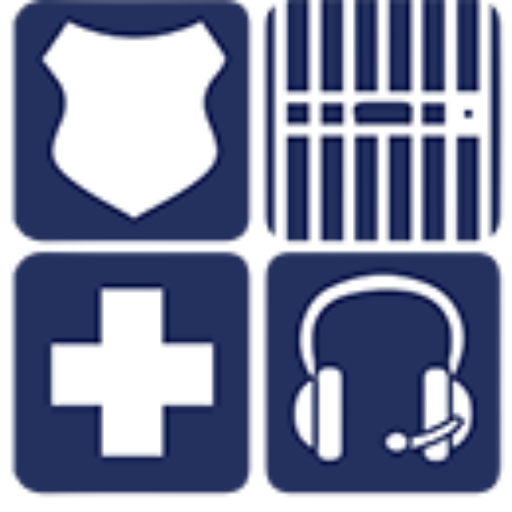Recently, I read a Daily Observation Report (DOR) prepared by one of my FTOs. The following is an excerpt of the report: “We were on routine patrol when I ran a random license plate check of a nearby vehicle. The vehicle returned clear of stolen, but the male R/O had an outstanding misdemeanor warrant. I then directed my student officer to pull up beside the vehicle in order to observe the driver. I observed the male driver fit the physicals listed by the DOL for the R/O and on the outstanding warrant. I directed my S/O to initiate a traffic stop. My S/O made several lame protests about “PC” and other trivial matters regarding the validity of the traffic stop. Realizing an override was necessary, I backhanded him in my standard method of correction. After only one “puppy-like” yelp, my S/O activated our patrol car’s overhead lights and stopped the car…” (Okay, I’m kidding)
While this is an example of an override technique I had not heard of before, it did make me think. What is the purpose of the override? Are we doing them correctly? It is not intended to embarrass the student, or take away control of an incident every time the student officer is demonstrating some difficulty.
If you recall the lesson on Overriding Student Officer Decisions in class, one of the most difficult things for the FTO to do is to stand back and allow the student officer to struggle through an incident. Student Officers will struggle, and that’s ok.
Remember the Learning Rule and Practical Rule? The Learning Rule says it is ok to allow your S/O to struggle (through an incident) as long as there is learning, and the incident is not “Spinning out of control.” If the incident is becoming dangerous or developing into something larger because of the S/O’s actions or inactions, then the Practical Rule says we must move in and override the S/O.
Ask yourself the following questions;
- When you do step in and override the student, was the override really needed?
- What type of override do you do?
- Do you give control of the incident back to the S/O?
- How am I documenting the overrides?
Too many times I have seen FTOs, and read in DORs that when the S/O does make a mistake, the FTO steps in takes control of the incident and writes, “I had to complete the call.” The S/O is then rated low for knowledge, because they could not complete the call. (Please read the article on Why ask Why questions). The fact is in most cases the S/O may just need a minor “re-direction” (override) to get them back on course.
Overriding properly is a fine art that requires experience and patience.
Remember that our goal is to train. To provide our students with opportunities to demonstrate their knowledge and become successful law enforcement, correction, and communication professionals.
As always I welcome your comments.
Sgt. David J. Harris
Lynnwood Police Department







